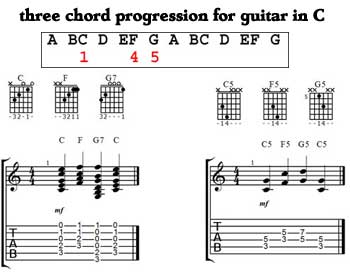

This is one way to play a 16 bar blues, by simply extend the first section.Ī variant is to play the V chord also in the 14th bar. G7ġ6 bar blues progressions Standard 16 Bar Blues in E 8 Bar Blues in GĪ typical 8 bar blues progression in the key of G with a G7-D7 turnaround. You could also try to play E before switching to E7 and the same concerning A and A7. This is one of the most standard progressions of 8 bar blues.

8 bar blues progressions Standard 8 Bar Blues in E The C minor pentatonic scale can be used to improvise over this 12 bar progression.

One possible fingering for F#dim7 is XX7878. 12 Bar Blues with a touch of jazz, another example The Bm7b5 chord with short notation: x2323X.

The F#m7b5 chord with short notation: 2x2210. The next example, uses an m7b5 chord, which makes the progressions sound more jazzy. Jazz-blues 12 Bar Blues with a touch of jazz The C#9 chord with short notation: X4344X (use the same shape for C9 and B9). This is a variation of the previous 12 Bar structure, but with an extended, chromatic sequence. 12 Bar Blues in Em with a chromatic chord sequence The C7-B7 sequence can also be utilized as a turnaround. The C7-B7 sequence creates an interesting movement into the final Em chord. Notice also that the iv is played in the second bar, not mandatory though. Here is an alteration of the progression above with an extra chord that makes the progression some more complex. Another possibility is to play Em7 and Am7 instead of Em and Am. You could also try to play E7 instead of Em in the last bar. This is one of the most standard progressions of blues in minor. 12 Bar Blues with tone substitutionġ2 bar blues progressions in minor Standard 12 Bar Blues in Em Here, 9th and 13th chords are used, mostly, which create a jazz feeling as well. The jump to A7 in the 8th bar starts a 5th intervals trip back to the tonic, which in general works well with dominant chords. Variation of 12 Bar Blues in A with a fourth chordĪs always, the same interval of chords could be used in another key. The F#m7 - B7 sequence is called a "2-5 Turnaround" (F# and B is the second and fifth degrees respectively in the E scale). So far we have only used three chords, but here is a fourth chord (ii7) is added in the ninth bar. Variation of 12 Bar Blues in E with a fourth chord A7 and D7 is recommended to play as a barre chord. The E7(#9) chord with short notation: X7678X. Using an altered chord gives a different color. 12 Bar Blues with an altered ninth as V chord You could use this turnaround concept on most examples presented on this page. In the twelfth bar E7 are played for one beat and when B7 the remaining three beats. The two last bars are concerned by a so-called turnaround. Standard 12 Bar Blues in E with turnaround The turnaround could consist of chords or a lick. E7ġ2 Bar Blues progressions with turnaroundĪ turnaround includes in general the two last bars or measures. This structure, that probably is more or less as common as the standard, includes an early chord change to create more variation. The V-chord sounds as if it want to resolve into another chord. The IV-chord shares tones with the I-chord and is somewhat alike. Try to listen to the chord changes so that you are able to know which chord it was if you heard someone else play.


 0 kommentar(er)
0 kommentar(er)
